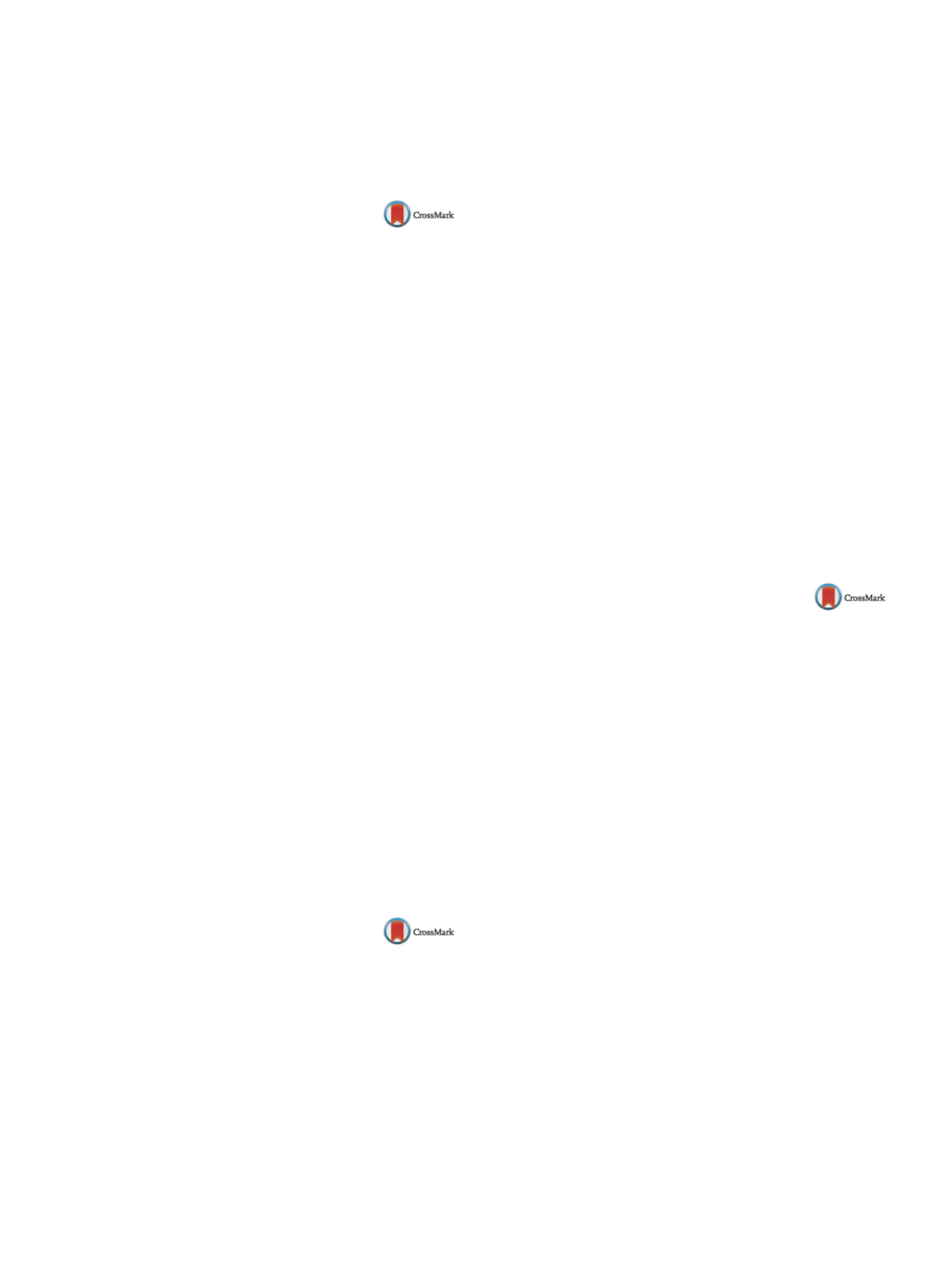

S378
25th European congress of psychiatry / European Psychiatry 41S (2017) S365–S404
[3] Chaves B, et al. Preservative thinking questionnaire: validation
of the Portuguese version. In: Congresso Mundial de Comporta-
mentos de Saúde infanto-juvenil. 2013.
http://dx.doi.org/10.1016/j.eurpsy.2017.02.401EW0788
The medical model of rehabilitation
treatment of drug addicts with
psychiatric comorbidity: Efficacy
evaluation
Z. Bereza
The Saint-Petersburg State Medical University n. a. Acad. I. P. Pavlov,
Department of Psychiatry and Rehabilitation, Saint-Petersburg,
Russia
Introduction
The medical model assumes the professional psy-
chotherapeutic assistance at all stages of the rehabilitation process
and pharmacological treatment of comorbid mental disorders.
Aim
Evaluation of the efficacy of the medical model rehabilita-
tion based on the clinical, psychological, and social characteristics
of patients at the all stages of the treatment.
Subjects
Eighty-five drug-addicted patients with psychiatric
comorbidity. The inclusion criteria were: age above 18 years, with-
drawal status. The patients were examined four times:
– 1 – during the first weeks of treatment;
– 2 – after 45 days;
– 3 – after 6 months;
– 4 – after 12 months.
Results and conclusions
The primary evaluation the highest scores
noted in the sections: “family and social connections”, “health
status”, “psychiatric status” and “legal aspects” received lower
scores. In the secondmeasurement, the results established a signif-
icant improvement on the scale of “health status”, “mental status”,
“alcohol”, “drug use” compared with original values. Early retired
patients the most high-end performance observed on the scale
of “drug alcohol using”, “job/livelihood”, “health status”, “legal
aspects”, the “psychiatric status”, “family and social connections”
recorded lower scores. Indicators on the scale of “drug use”, “alco-
hol” in this group of patients was significantly higher than patients
who remain on treatment, which may indicate a possible updating
of the attraction to the drugs. The thirdmeasurement showed a sig-
nificant improvement ASI according to the all scales as compared
to the previous ones. In the course of the rehabilitation process
revealed positive changes in clinical, psychological and social char-
acteristics of patients.
Disclosure of interest
The author has not supplied his/her decla-
ration of competing interest.
http://dx.doi.org/10.1016/j.eurpsy.2017.02.402EW0789
Predictive biomarkers in
clozapine-treated patients:
Assessment of the evidences and
suggestion for research methodology
F. Cerrato
1 ,∗
, L . Guizzaro
2 , P. Scudellari
1 , A.R. Atti
1 ,D. De Ronchi
11
Psychiatry, Department of Biomedical and Neuromotor Sciences,
Bologna, Italy
2
Second University of Naples, Medical Statistic, Napoli, Italy
∗
Corresponding author.
Introduction
Predictive biomarkers are tools that identify a sub-
population of patients who are most likely to respond to a given
therapy. In order to identify them a strict methodology is necessary
(RCT’s studies). In consideration of its cost in economic and med-
ical terms, predictive biomarkers would be useful to distinguish
clozapine-resistant patients before its administration.
Aims
The evidence concerning genetic biomarkers was reviewed
with the aim of assessing whether there is enough evidence to
claim for predictive biomarkers useful in practice. Secondary aims
were the assessment of the evidence concerning genetic prognos-
tic biomarkers and predictors of side effects in clozapine-treated
schizophrenic patients.
Methods
One hundred and twenty-eight studies, searched on the
Pubmed database or referenced in other studies, were included in
this review. Sixty-five papers were related to clozapine efficacy and
explored 167 genetic variants.
Results
Fifty-four variants were supported as prognostic
biomarkers, three were successfully replicated: rs6280, rs6314
and rs4680; 49 papers were related to clozapine weight gain
and explored 216 different genetic variants. Forty-five of which
were positively related to weight gain during clozapine treatment.
Among these 45 variants, only two, Rs3813929 and Rs779039,
were successfully replicated.
Fourteen studies explored 111 genetic variants potentially corre-
lated to Clozapine-induced agranulocytosis. Thirty-four variants
were found to be associatedwith agranulocytosis. Five variants had
positive results, successfully replicated. In particular, HLA B38.
Conclusions
To date there is no evidence to support a modifica-
tion of clinical practice towards predictive medicine. The research
could ideally progress with RCTs involving the prognostic factors
found in association studies.
Disclosure of interest
The authors have not supplied their decla-
ration of competing interest.
http://dx.doi.org/10.1016/j.eurpsy.2017.02.403EW0790
Loss of motivation and frustration for
visitor surgeons in provincial health
centers or psychiatric hospitals in
Greece
I. Christodoulou
1 ,∗
, E . Pogonidou
2 , C. Pogonidis
2 ,C. Charalambous
31
G. Papanikolaou General Hospital, B’surgical Department,
Thessaloniki, Greece
2
Democritus University of Thrace, Master Program in Health and
Safety in the Workplace, Alexandroupolis, Greece
3
General Psychiatric Hospital, Internal Medicine Department,
Thessaloniki, Greece
∗
Corresponding author.
Introduction
The core workplace for a surgeon is the operating
theatre. Secondary duties may include visits to small health cen-
ters for outpatient examinations and visitor work to psychiatric
hospitals.
Objective
The objective of our study is to highlight the mistakes
of management that lead to half-empty provincial health centers
and psychiatric hospitals.
Methods
Presentation of the 2-year-experience of a surgeon vis-
itor in provincial health centers and in a large psychiatric hospital
in Greece.
Results
The provincial health center of Lagada needs at least
4 surgeons to serve; too many patients to be examined or/and
operated in 2–3 hours only. Subsequently problems arise, as simul-
taneously in the emergencies department a surgical eye for an
abdominal pain or a bad looking leg is needed every 15minutes.
The health center of Koufalia needs 3 hours of driving per day for
3–8 surgical patients only. The psychiatric hospital offered work
for 3 surgeons 5 days a week for a long period of time. During
2012–2014, only one surgeon visited the hospital once a week. The
work needed to be donemay kill the surgeon or force him to receive
antidepressants in order to keep his functions alive.
Conclusions
Not a hint of scientific motivation for two years is a
strong reason for a surgeon to avoid the duty to provincial health
centers and psychiatric hospitals which is obligatory according to


















